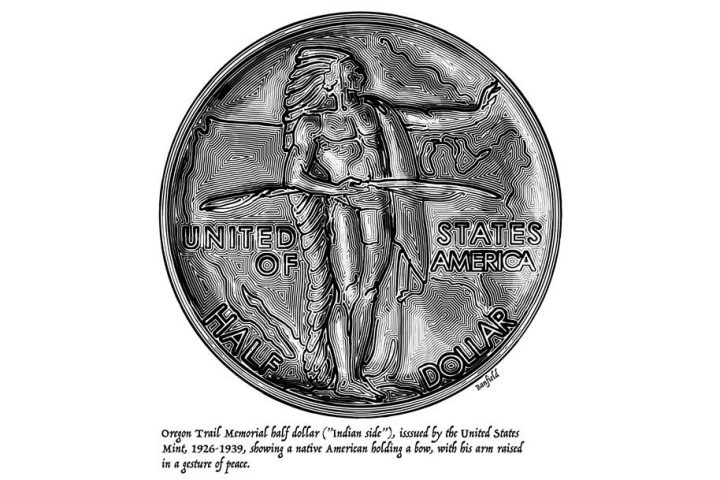Six years ago, in his State of the State speech, then-Governor Jerry Brown departed from his text to encourage the California legislature to build his pet project, a high-speed rail system from San Francisco to Los Angeles. Ignore the naysayers and skeptics who say it costs too much and is too great a challenge, he said, likening the project to the children’s classic, The Little Engine that Could. “I think I can, I think I can, I think I can!” he exclaimed. “And over the mountain, the little engine went!”
That was perhaps an unfortunate allusion. This little engine is not going over the mountains, at least not anytime soon, as Brown’s successor, Governor Gavin Newsom, announced in February in his first State of the State Address. “[L]et’s be real,” he declared. “The current project, as planned, would cost too much and…take too long. There has been too little oversight and not enough transparency.”
Thus the rail line will not cross the Tehachapi Mountains into Los Angeles—a difficult, treacherous, and extremely expensive operation—but will be confined to offering (when finished, many years from now) high-speed service between Merced and Bakersfield up and down the flat Central Valley.
Merced and Bakersfield? Even Newsom found it hard to justify that. “Merced, Fresno, Bakersfield, and communities in between are more dynamic than many realize,” he said lamely. “But let’s just get something done.” If you add together the populations of those three cities you get about a million people, in a state whose total population is just shy of 40 million. The limited rail service will cost about $15 billion, estimated the Los Angeles Times.
Even Anthony Rendon, the Assembly Speaker who presides over its Democratic supermajority, found the proposal puzzling. He put it delicately: “The extent to which it does not link two of the three largest urban areas in the state seems problematic.” A Republican senator, Jim Nielsen, who grew up in the Central Valley, called the plan “almost humorous.” “We’re going to put more billions into a train in a place where there is no ridership and no freight will be hauled.”
Governor Newsom began his speech by declaring, “We face hard decisions that are coming due,” and claiming credit for “[t]he tough calls we must make.” He went out of his way to lambaste President Trump for his alleged “xenophobia and…nativism,” and to order the return of some 360 California National Guard members who had been stationed at the border by Brown at Trump’s request. But when it came to the train, there were no hard decisions or tough calls in sight.
* * *
He didn’t scrap the rest of the proposed system beyond the Central Valley; he simply postponed further construction of it, while ordering continued work on the environmental impact documents for the whole San Francisco to L.A. line. He promised to continue to seek more federal funding and private investment, but pointedly did not pledge any additional state funds. So the program will go on until the money runs out, or until a Democratic president reopens the spigots. “Abandoning high speed rail entirely,” Newsom argued, “means we will have wasted billions and billions of dollars with nothing but broken promises…to show for it.” His decision will mean California and the feds will waste many more billions of dollars with nothing but broken promises and a short, pointless stretch of track to show for it.
But there is a point, a political point, to Newsom’s decision. As he admitted, “I have no interest in sending back $3.5 billion of federal funding that was allocated to this project to President Donald Trump.” Why, that would be enough, with what Congress has already appropriated, to build a wall on the southern border….
California’s high-speed railroad manqué is a metaphor for progressive politics today. Increasingly, Democrats are drawn to grand, visionary, hopelessly expensive, but ultimately unworkable “solutions” to public problems. The Green New Deal, Medicare for All, free college, universal pre-school—the list goes on, culminating in that cure for all ailments public and private, socialism.
What’s odd or interesting about this state of affairs is how many Democrats see through these purported cure-alls. Even as Newsom sees the futility of high-speed rail in California, so intelligent Democrats realize that Americans will not abolish airplane travel or automobiles; that you can’t guarantee national health care for all and expect it to be cheaper than, or as good as, the prevailing system; that socialism takes too many evenings and turns rich, free countries into poor, unfree ones.
Many progressives know this already, and nevertheless are irresistibly drawn to these illusions. “I think I can,” said the little engine. “Yes, we can,” said Barack Obama. “Electrified trains are part of the future,” Jerry Brown told his listeners in 2013. Don’t count on it.


